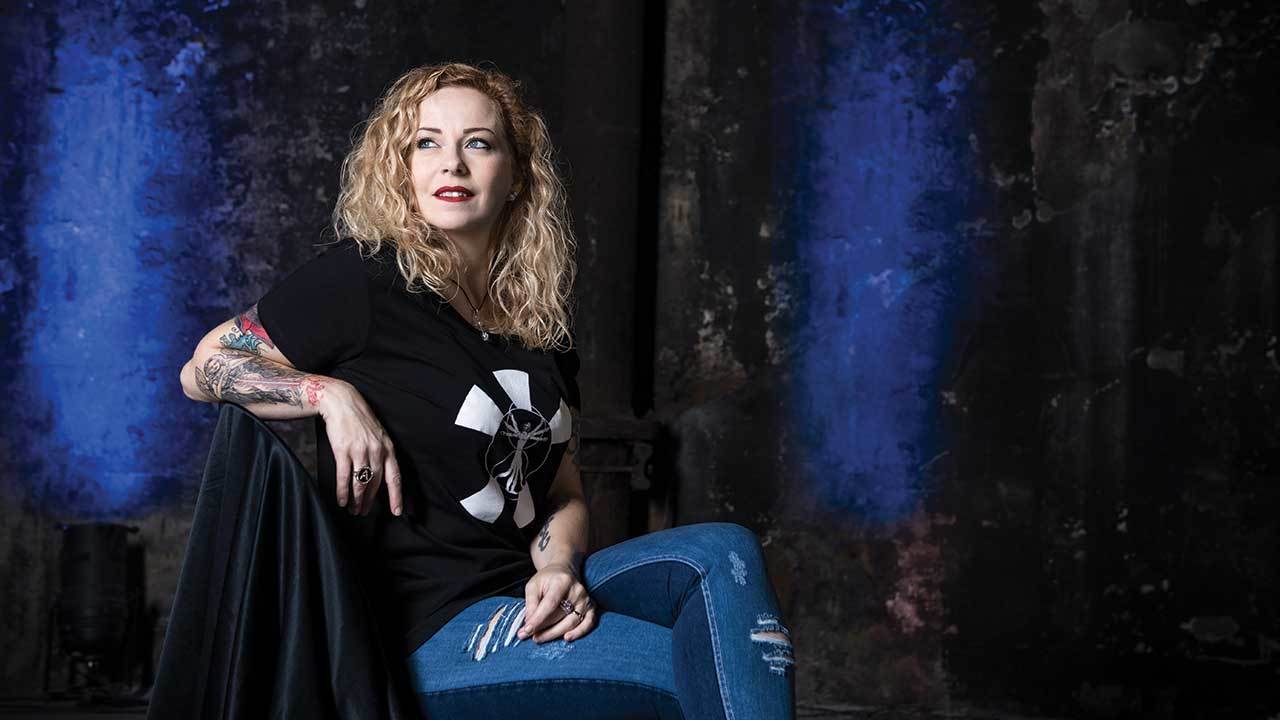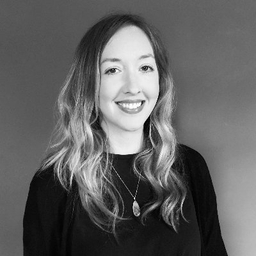There’s no denying that progressive rock is evolving. It’s moved on significantly since the 70s era that was broadly associated with a few key bands, men in capes and elongated guitar solos. Or, for some of the younger generation of music listeners: music that your dad likes.
Now, the scene is being reinvented: progressive music has long incorporated styles such as art rock and folk, but new genres like djent and the intertwining of prog and metal are there to hear in equal measure.
It’s no surprise, then, that the audience has widened, too – you only have to look at a festival like Be Prog! My Friend in Barcelona, where a new breed of bands such as Leprous and Ulver share a stage with Jethro Tull and Marillion, and where there is a vast range of ages in the audience, to see that the prog landscape is shifting. And one of the most significant changes in prog in recent years is that more women are emerging onto the scene, and doing their part in helping to reinvent it.
“Prog used to have an image of something that just guys were doing,” says Kim Seviour, who was the vocalist for UK band Touchstone from 2007-2015 and recently released her first solo album, Recovery Is Learning. “I think because there has been a lot of work done to create a more modern image in prog, then maybe more women are being attracted to it, because it doesn’t feel like it’s something that’s just for the boys anymore. It really does feel like there are more women, and that they are speaking more loudly.”
“Even though it’s progressive music, there was a time where there was not a lot of progression in it,” says Anneke van Giersbergen. Frontwoman of Dutch doom metallers turned alt proggers The Gathering from 1994-2007, van Giersbergen has worked with a variety of prog musicians from Arjen Lucassen to Devin Townsend, and is currently focusing on her new metal/prog band VUUR. “It was as though people wanted really to stick to what they were doing, and they didn’t want new influences. It’s called progressive music: we have to bring in new influences, you know?”
Of course, there are some who will bristle at change, as Marjana Semkina, vocalist for Russian chamber pop duo iamthemorning, noted when her band first emerged and was tagged with the ‘prog’ label.
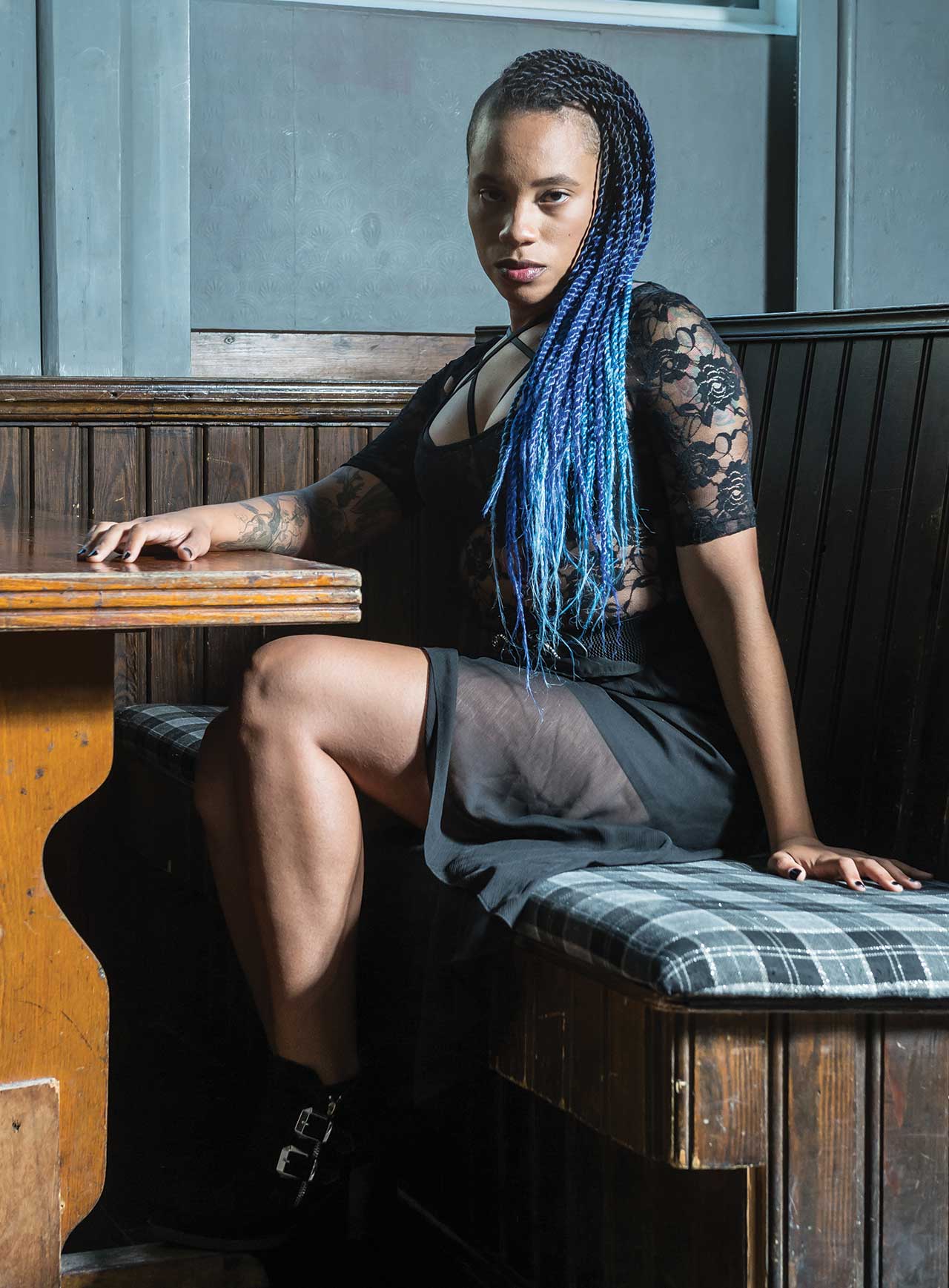
“It’s interesting how people are getting more open-minded towards the idea of female vocalists or musicians in prog,” says Semkina. “When we started, which was like five years ago, I would stumble across a lot of comments online in forums, people saying, ‘Women have nothing to do with this genre.’ I was like, ‘Wow this is harsh!’”
But Marjana wasn’t going to let herself be put off.
“I’m a fighter,” she laughs. “I keep fighting difficult circumstances: for example, getting out of Russia wasn’t easy! So I considered it a challenge.”
One of the factors that has brought more women into the prog scene has been the encouragement they’ve gained from seeing other women involved in the genre. Aside from Kate Bush, Annie Haslam of Renaissance and Curved Air’s Sonja Kristina, initially there were few women in prog to look up to.
For Heather Findlay – vocalist with Yorkshire-based folky prog rockers Mostly Autumn from 1997-2010 and solo since, alongside collaborations with the likes of Ayreon – feeling like one of the only females on the scene in the early days made her self-conscious.
“It took me ages to even wear a skirt on stage,” she admits. “It wasn’t until I gathered confidence in myself, and discovered other females in the rock genre, that I thought I could do that. I felt more fragile if I wore a skirt on stage, which is interesting to think back on.
“I remember in the early days people interviewing me and asking me about my influences, and it was hard to find female influences in prog,” she says. “I came from a pop/rock background so my influences were more the Stones, Led Zeppelin, Fleetwood Mac.”
Van Giersbergen, whose music career began around the same time, agrees: “My inspiration came from things like black music, and also Barbra Streisand: it wasn’t metal or prog-related at all! I was interested in good voices – Michael Jackson, Freddie Mercury, Mike Patton – so I just picked up how I wanted to be a singer and performer from them.”
But as more women became active in the scene, it gave encouragement to others to get involved.
“Anneke is sort of like the modern-day prog Madonna, isn’t she?” Lee Douglas, singer for our Liverpudlian cover stars Anathema, laughs. “I suppose she helped to give me a confidence boost: if she can do it, then maybe so can I.”
“As the scene gets younger and more influences come in, and as women become more confident in the genre, they start to shine really and that’s where the innovation can happen,” Findlay says. “That’s when the really new-sounding things can really start to come out.”
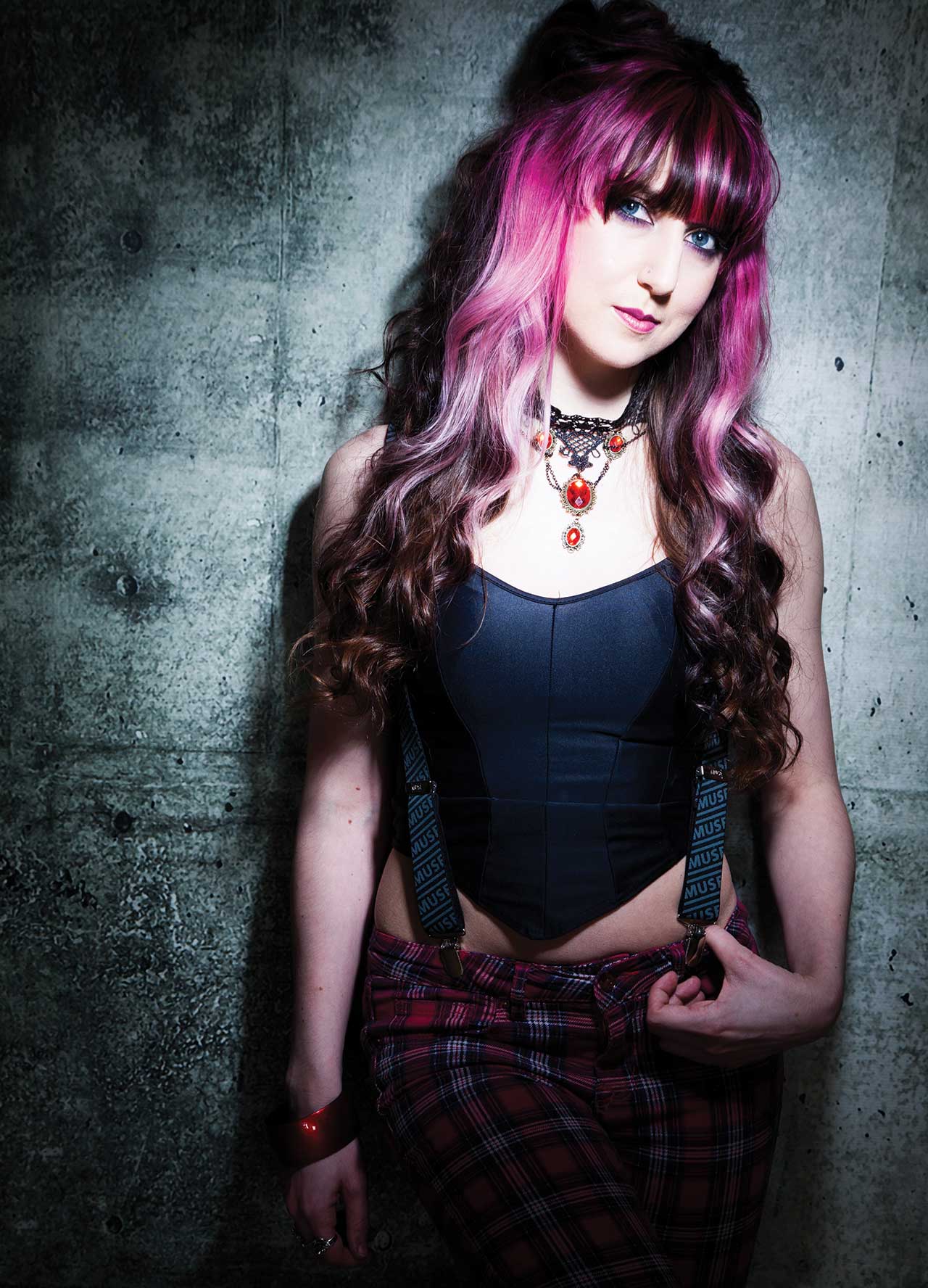
But while women gained confidence to take to the mic in prog, there is still a lack of female instrumentalists. Van Giersbergen reasons this may be because there are simply less women instrumentalists for others to look up to.
“They need the confidence or the idea,” she explains. “It expands my career a lot to be able to play guitar and sing at the same time – it broadens my spectrum. I don’t see that happening too much. As with bands such as Epica and Within Temptation, it’s like you’re either a singer or an instrumentalist. I think that’s something that can develop.”
Cammie Gilbert of Texas-based blues/prog/doom metal band Oceans Of Slumber, agrees: “I didn’t realise there were many female instrumentalists. If I could have felt like I could have been a shredder on the guitar, then maybe I would have taken it up to a greater extent that I have. I always sort of delegated female roles in music towards vocals, and it’s refreshing now to see that’s not all there is – take Simone Dow [guitarist] from Voyager. She’s totally badass.”
Unfortunately, but undeniably, stereotypes can generate within music scenes. One that can be attributed to women within the prog scene is the ethereal, ‘genteel’, floaty and feminine frontwoman.
“I’ll never forget that, years ago, I was told off onstage for swearing by an audience member,” Seviour remembers. “I said something like, ‘You guys are fucking awesome!’ And somebody said, ‘Language!’ I was like, ‘Wait a minute, if it was a guy onstage, you would never say this.’ There certainly was an image of the genteel woman in prog, and I felt like I had to fit that.”
But, she reasons, this is changing thanks to the variety of the women getting involved.
“The more women that are attracted to prog and the more individual they think they can be, the less they feel they have to fit any stereotype,” she says.
Gilbert is adamant that progressive rock actually allows women to explore the multifaceted aspects of their creativity to a greater extent than other music genres, miles away from that ‘genteel’ image:
“I feel with prog music that you’re encouraged to push the spectrum of whatever it is you are going through,” she explains. “You can feel the whole range and wrath of an angry woman, or the full gentleness of a caring woman, and it is all the same woman. With prog, I can be as soft and serene and sweet as I want, or I can break my voice and scream and yell.”
Another visual challenge that women in bands face is the pressure to conform to the stereotype of the sexy frontwoman. However, these women are adamant that said pressure is significantly less in the prog world.
“Obviously, dealing with record companies and people in high places, they try to make your being female count even more than it does,” says van Giersbergen, “like offering me money to buy sexy clothes. That was in a period when I was totally tomboyish so I said no, and frustrated a lot of people!”
“Once I read a review of a gig I did,” Seviour says, “and my outfit was the first thing that was commented on. So there are still comments that I would see for women that I definitely wouldn’t see for guys. But although the clothes comment happened, it stood out to me because it was only one comment. I feel like, in prog, I’m treated more as a person. I think within music in general a lot has changed, and I do think that prog music is spearheading that.”
“There was never any pressure within Mostly Autumn to look a certain way,” Findlay says. “We [she and Angela Gordon, who was also in Mostly Autumn] always took the lead with that. And, to be honest, the guys were often queuing outside the dressing room, wanting to use our hair straighteners, one by one! [Laughs]”
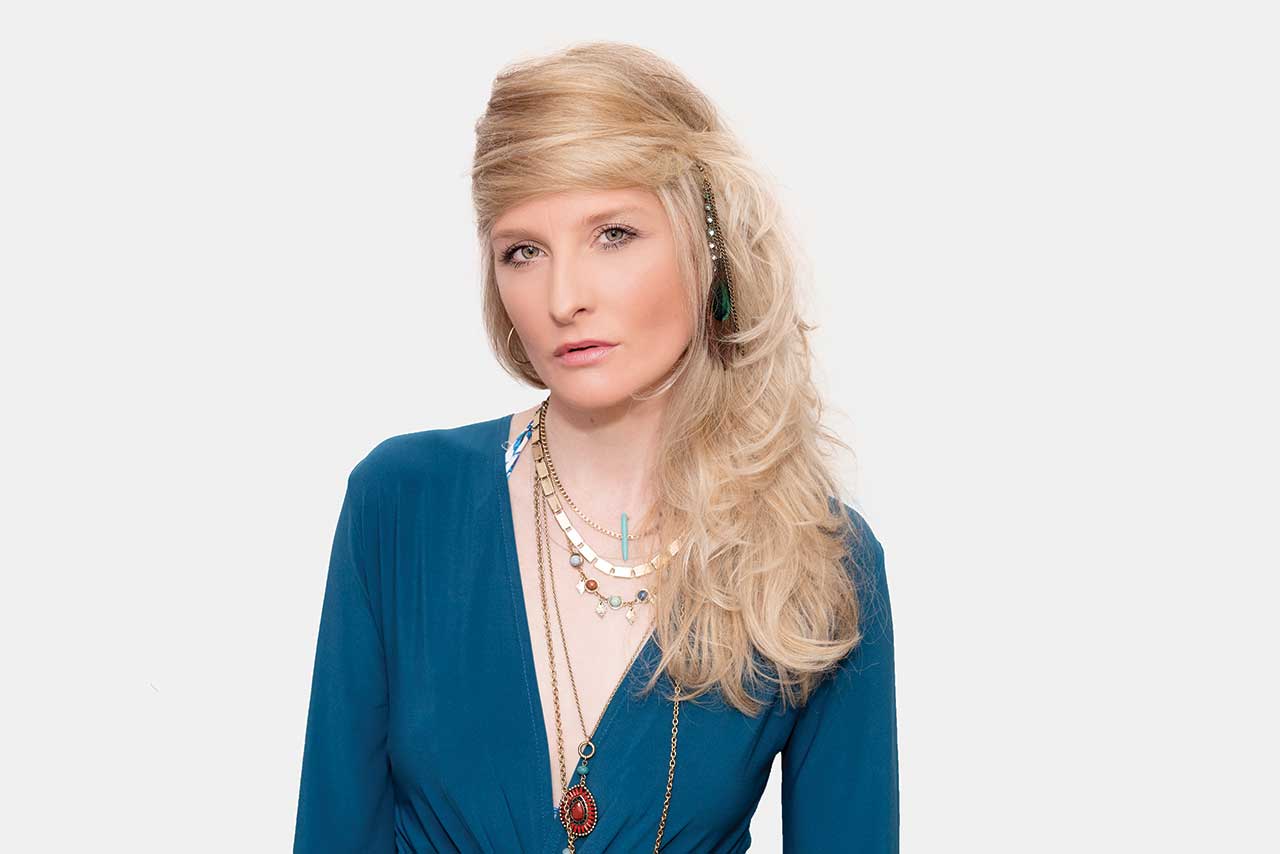
It’s the attitude of the prog listeners that has helped take this pressure off.
“I think that prog people in general are more thinkers,” says van Giersbergen. “They don’t mind if a woman doesn’t wear make-up, they are so much more into the information rather than the looks of it. To be honest, in the prog world, nobody looks really sexy! [Laughs] In the end, all that matters is that you’re a good musician.”
“Of course, I’m pretty sure that we would have got way more listeners if I was being all sexy and stuff, but this is not me,” says Semkina. “I think in prog, it’s different. I’ve found a lovely attitude here: I’ve never had any kind of negativity because of the way I dress. It might be a stereotype, but I think you have to be intelligent to listen to this music. And with intelligence comes awareness and also respect.”
“I have female friends who work in corporate jobs and the Friday afternoon drinks are way worse than what happens in rock and roll!” van Giersbergen laughs. “People who have office jobs seem to have way more power abuse and stuff going on than in this music scene.
“People who listen to prog are brothers, really, sharing this together,” she continues. “There’s not much sexual innuendo going on. And when there is, I’m not really shocked – some guys are just like that,” she shrugs.
Many of the women that Prog speaks to for this piece praise the creative spark that the balance between men and women can bring to the music: about accepting differences and working together.
“I like that there are so many woman in prog now – guitar players, technicians, photographers, journalists, more and more women on the scene,” says van Giersbergen. “And that makes the balance cool. However, I like being in a man’s world. I like the balance: I like the testosterone! [Laughs]
“For my own album with VUUR,” she continues, “I had that concept; that the music should be masculine and tough and heavy and dark, and that the vocals, lyrics and melody lines are beautiful and eclectic with the female touch.”
“I’ve always found brilliant chemistry working with men,” Findlay agrees. “They would definitely bring out something with me that would be different to, say, when I work with Angie. And I love that just as much.”
“Female voices are basically like a different instrument,” says Semkina. “I actually prefer male singing just because technically it can be more universal, things that guys can do that I can’t do – I hate when there are things that I can’t do! [Laughs]
“I think that women have a different perception of things that are beautiful. I don’t like generalisations, but I do think this is something different about women. I don’t like talking about our differences, and I’m a very passionate advocate of equality,” she continues firmly. “But we are different. It would be silly to not admit that.”

One of the ways that women in prog are helping to further shatter stereotypes and gain more of a balance is by getting involved in the nitty gritty of life on the road.
Semkina recently came off a month-long tour with Leprous, Agent Fresco and Alithia, where she was a guest vocalist for the latter, and it was her first time on the road with a big group of guys. It was an experience that she loved, and it taught her the importance of getting involved.
“It became obvious to me how respectful guys in prog are,” she remarks. “I was on a tour bus with 26 guys and the tour manager, who was a woman. It was amazing how much understanding and empathy there was. I also began working as a tech for Leprous, as I really wanted to learn as much as I could. Load ins and load outs, setting up the stage… and I was the only girl doing this.
“They would try to stop me from carrying heavy stuff, but I kept doing it anyway. I said, ‘This is my way of fighting for equality!’ [Laughs] It’s not just about being treated equally, it’s also our obligation to take on additional responsibilities.”
Findlay agrees with this sentiment wholeheartedly:
“I don’t just sit around and watch people do all the work, I like to get involved,” she affirms. “I have a pet dislike for people who don’t do this. It’s just what we’ve always done. It’s a team at the end of the day, and there are better results if everybody is all hands on deck.”
Semkina muses, “That tour really made me think. I had never really met any kind of sexism among musicians in prog – it made me very optimistic for where the entire genre is going.”
Of course, it isn’t just on the stage where more women are showing up in progressive rock – it’s also behind the scenes, from label owners to journalists to technicians, all working to help to produce the music that you love. Marillion is managed by a woman. The press officer for Ian Anderson, Steve Hackett and Yes is industry veteran Sharon Chevin. And let’s not forget the many female contributors to this very magazine, where half of the main editorial team – the News Ed, Reviews Ed and Deputy Ed – are also women.
“Nellie [Pitts] from The Merch Desk does a lot for prog,” says Seviour. [Pitts topped our Readers’ Poll 2017 as the ‘Unsung Hero’.] “And also Lulu [Davis] from Incendia, who does my PR. The fact she’s a young, passionate woman in rock, seeing that is brilliant. It does sound like there are more woman being attracted to it. More women writing for Prog magazine, more women in the industry and organisational side.”
“We have a female tour manager,” says van Giersbergen. “I think as a tour manager you need to be tough, not afraid to be an asshole sometimes, but you can really use the soft element in a female character to make things happen.”
There’s also been a significant rise of women attending prog gigs – no longer just wives and girlfriends dragged along for the ride.
“I’ve definitely seen a rise in women coming to gigs,” Gilbert agrees. “I think in Romania, that was the most women I’d ever seen at a concert, there on their own. And at the end, they all came over to talk to me in waves, and I was like, ‘This is awesome!’ It was so refreshing to see.”
“My boyfriend does merchandise for bands like [French prog metal band] Gojira,” says Douglas, “and he says that the audience at Anathema shows are much more mixed. When I see women in the audience, it’s lovely – my few fans at the front, I’m like, ‘Yes!’ It’s quite supportive and it boosts your confidence.”
“When I performed at Winter’s End in 2010, a couple of my guy friends came with me,” says Seviour. “When we left the gig one of them came up to me and said, ‘It’s a sausage fest!’ I think they were hoping to meet some women. But at Trinity last year, there were a huge number of women, and not just girlfriends either! A lot more women are prog fans now: it’s brilliant to see.”
When asked about who in contemporary prog they admire, one name is common: Anneke van Giersbergen, who is an inspiration for many reasons, from her business sense to her vocal range, and the way she has become a role model.
“That’s so lovely,” van Giersbergen says when informed of this by Prog. “I sometimes forget that The Gathering were at the beginning of it all, and so many bands were inspired by us and singers inspired by me, who became way bigger bands than us.
“We were touring with Epica recently, and they have progressed so much,” she continues. “I remember Simone [Simons, vocalist] coming up to me, like, 15 years ago and she had all these questions for me, how do you do this and that, and now they are huge! I am so proud of them: that they are from Holland too and have made it so far. And I’m really happy with my career: I’m doing exactly what I love doing.”
There is a real sense of camaraderie with these artists: they are incredibly supportive of one another, and admire each other’s differences and what they bring to progressive music.
One example is how van Giersbergen praises Gilbert for bringing a fresh approach: “Now she really brings something new to the table. She is so different from everybody else, and then combining that with the complicated and technical music. It’s the perfect mix of the masculine and feminine coming together to make something wonderful.
“I see the ladies of the scene coming together online,” van Giersbergen continues, “following each other on social media and commenting on each other’s posts. We always back each other up because we are in the minority of heavy and prog music, so in that there is a sense of sisterhood within the brotherhood.”
Just as the new generations of prog musicians are helping to reinvent the scene, women have brought both change and balance to this music that we love, and have felt accepted in a positive way that bodes well for the future of the genre.
“It was the same with the theatre,” says Semkina. “When it started, it was all men, and men would play the female parts. Prog can be seen as old fashioned, but it’s really great to see that the attitude towards women is far from old fashioned. It is in our power to stop it from being a boys’ club and I think we are slowly succeeding.”
Prog, Classic Rock, Metal Hammer and www.TeamRock.com are combining efforts this February to celebrate the role of women in rock. See www.teamrock.com and the hashtag #SheRocks for more.
Prog pioneers: Meet five women pushing the boundaries of modern prog
